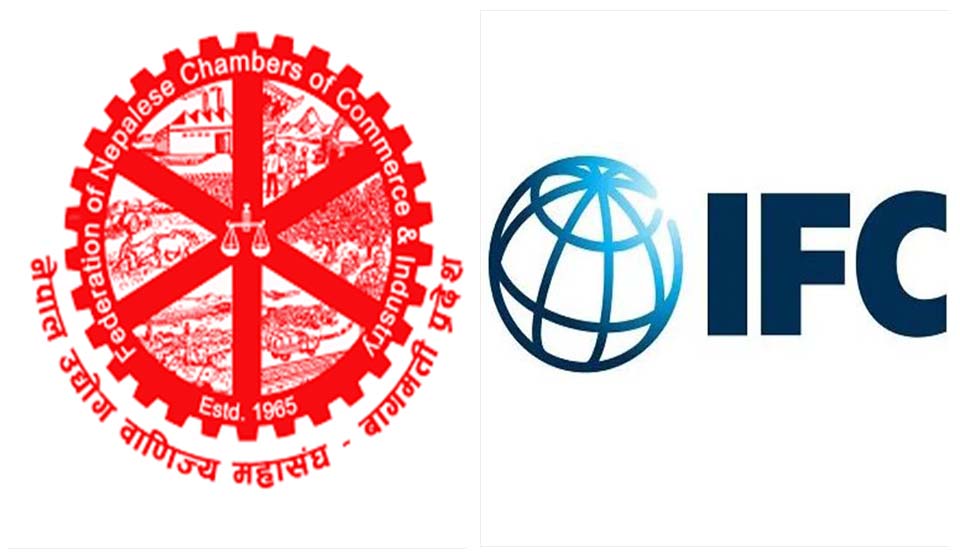KATHMANDU, July 24: Nepal Rastra Bank (NRB) has been cautiously flexible towards the private sector through the monetary policy for 2023/24.
Unveiling the monetary policy on Sunday, the NRB has taken flexibility on the measures such as allowing banks to issue loans against real estate, automobiles and shares. NRB this time has not widely altered the policy rates although the private sector and the government have been pressurizing the central bank to lower the interest rates by a notable rate.
Monetary policy is the main policy framework of the central bank which it adopts to regulate the money market of the country. Money supply, interest rates and effective mobilization of monetary instruments are the major scope of the monetary policy.
The new monetary policy has reduced the risk weightage on the loans against the construction of residential houses from 150 percent to 100 percent if the construction is done through government-licensed companies. Likewise, the central bank has also reduced risk weightage on margin lending. In the new rule, banks have to maintain the risk weightage of only 100 percent, from 150 percent earlier, against the loans of Rs 500 million issued against the shares.
In case of hire purchase loans, the threshold has been maintained for Rs 2.5 million worth vehicles that are supposed to face the risk weightage of 100 percent. For all vehicles above the given threshold, the risk weightage should be maintained at 150 percent.
Revised interest rate corridor system introduced

Gunakar Bhatta, executive director of the NRB, said the revised provision on these loans will enable the sellers to manage easy financing for the buyers. “Similarly, it will help the banks to maintain more amount in the loanable funds,” he added.
Monetary policy has taken caution when it comes to allowing banking in private sector lending. The NRB has reduced the private sector lending to 11.5 percent from 12.6 percent last year.
Although the central bank gave the ceiling of 12.6 percent in private sector lending, it hardly crossed six percent in the fiscal year 2022/23. The private sector has expressed suspicion that the reduction in private sector lending at a mere 11.5 percent, could barely comply in relation to the government targeted economic growth of six percent.
According to the NRB, the private sector lending of banks increased an average of 19.4 percent in the past two decades. Besides, the large size loans also increased significantly. However, it could not yield the growth of the real sector.
NRB Governor Maha Prasad Adhikari said the expansion of the financial sector alone without any growth in the real sector could give rise to instability. “Citing the fact, the monetary policy this year has focused on channelizing the private sector lending to the productive sector,” said Adhikari. “We have targeted qualitative growth rather than the quantitative in terms of private sector lending.”
Major highlights of the Monetary Policy 2023/24
-Reduction in risk weightage on the home loans for residential houses by licensed builders from 150 percent to 100 percent.
-Reduction in risk weightage on the loans against shares to 100 percent from 150 percent
- Reduction on risk weightage of hire purchase loan amount of up to vehicles worth Rs 2.5 million to 100 percent from 150 percent.
- Ceiling of private sector lending reduced to 11.5 percent from 12.6 percent
- Limit of foreign currency holding by individual traveling abroad increased to $2500 from $1,500
-Maintain interbank lending rate within the threshold of interest rate corridor
- Maintain the inflation rate within the given limit of 6.5 percent


























-1200x560-1765267769.webp)










